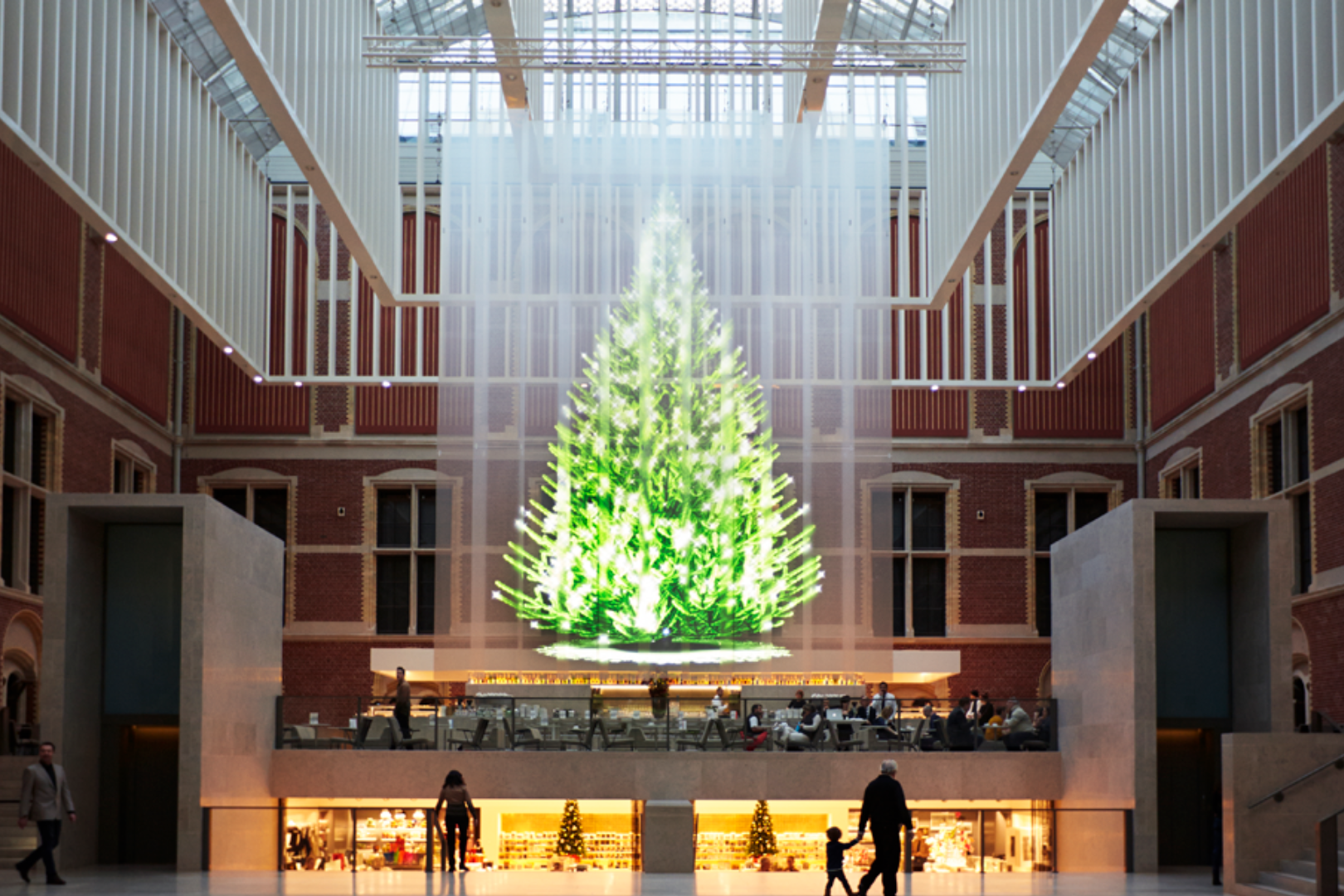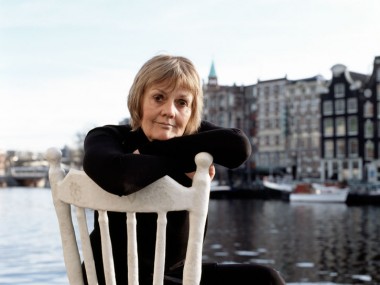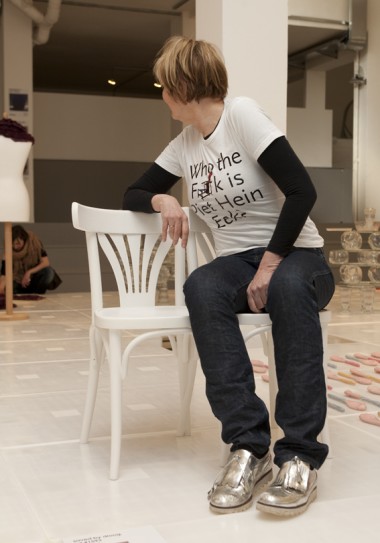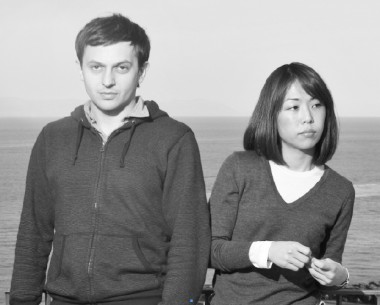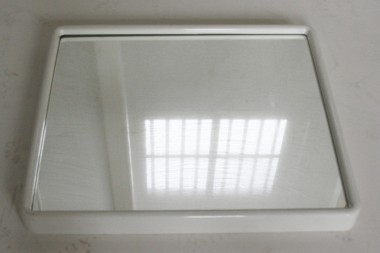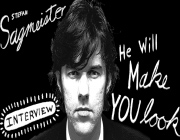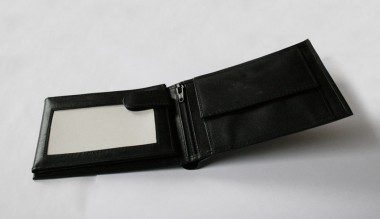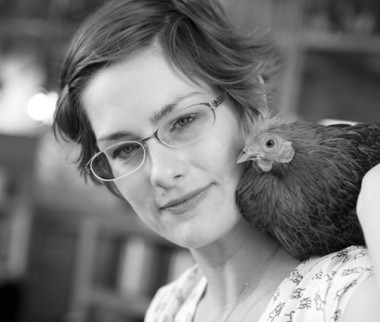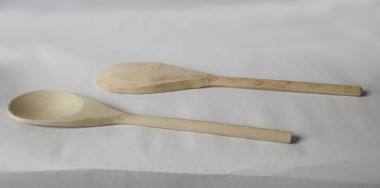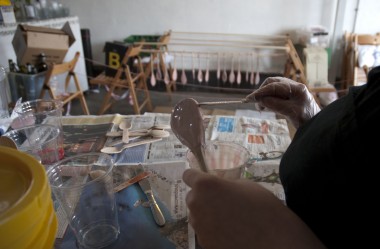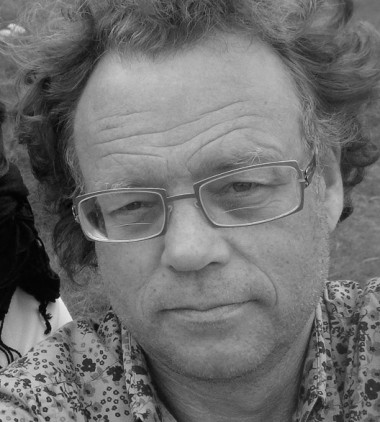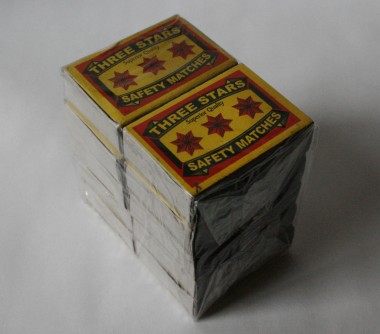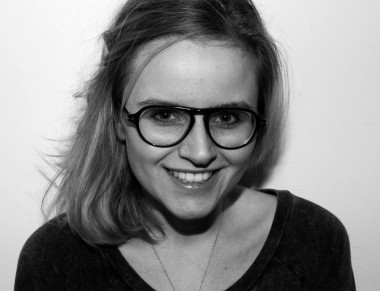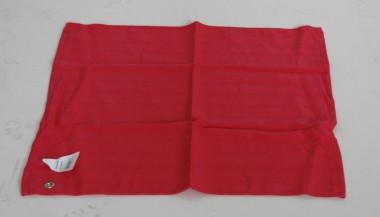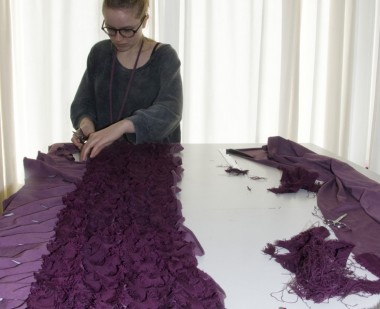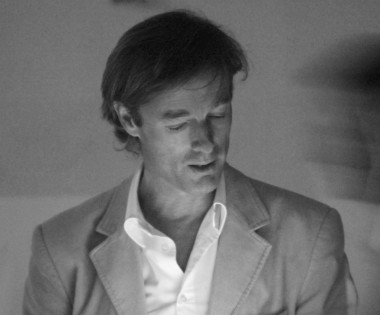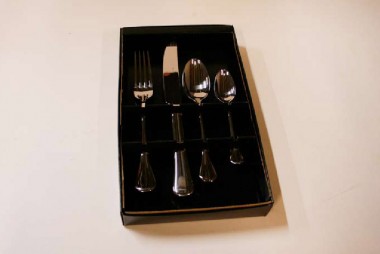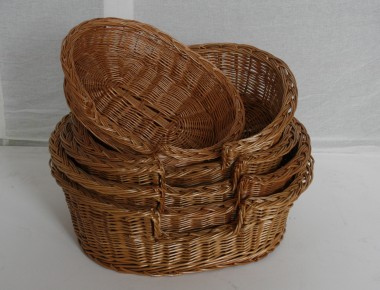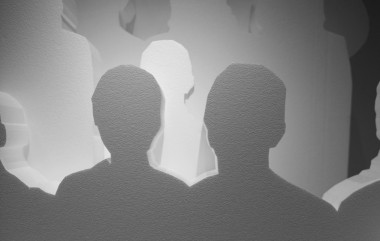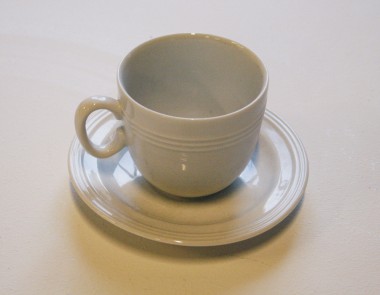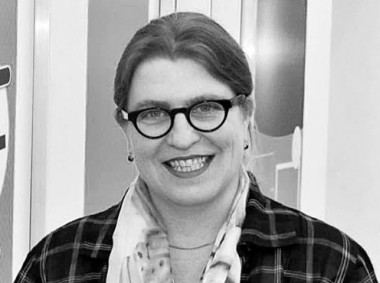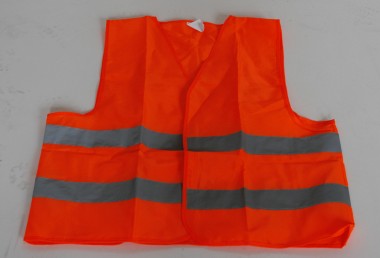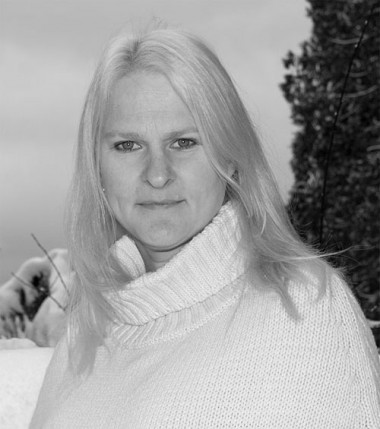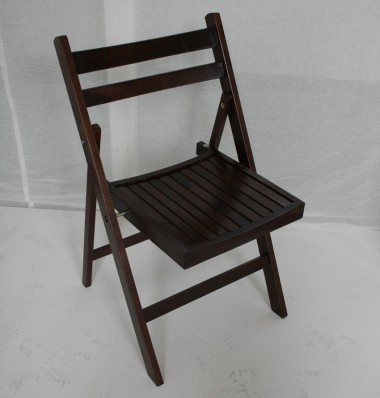Tag: interview
BerlinFashion.TV interviews Renny Ramakers
During Amsterdam Fashion Week, BerlinFashion.TV director David Roth came by Droog Amsterdam for an interview with Renny Ramakers.
Vidafine interviews Renny Ramakers
Text by Vidafine.
“Reality isn’t static anymore. It’s not a set of ideas you either have to fight or resign yourself to. It’s made up, in part, of ideas that are expected to grow as you grow, and as we all grow, century after century.” – Robert M. Pirsig, Zen: The Art of Motorcycle Maintenance,1974 , as referenced by Renny Ramakers, Co-founder and Director of Droog.
Recently, we introduced you to Droog, a conceptual design company located in Amsterdam. We mentioned the various facets of the company and how the Droog Lab is quickly becoming a globally known research hub that brings relevant solutions to its clients, and people of the world. Many of us live life hoping to one day start something that we can call our own. Few, actually go ahead and do it. After learning about Droog, I was particularly interested in the projects that this company is currently involved in, and was estatic when Co-founder and Director of Droog, Renny Ramakers, agreed to chat with us about her beginnings and her vision for the future of Droog.
idafine: After some research, we discovered that you have a history background. How did you transition into global design from what you studied in school? What drew you to this particular industry?
Renny: After studying art history I reached a point in which I wanted to impact it. Art history gave me broad perspective and critical rigour that I combined with my ability to sense what is going on at the present. Together with the Co-founder of Droog, Gijs Bakker, we noticed a movement that some designers in the Netherlands were pioneering. We gave it a title and a presence that took off, and eventually became global.
Vidafine: Knowing about the past and how things ‘used to be’ definitely can drive someone to initiate change for the future. What is your ultimate goal for Droog?
Renny: I am quite ambitious and we have many plans… I started Droog because I found it necessary to present a new spirit in design. At that time this new spirit was based on a conceptual approach. Now, one can see this approach everywhere and as I feel it, it is time for new impulses. That’s why I started the Lab. But we are also trying other directions, and are working on other models. For instance, our presentation this past April in Milan, Saved by Droog, has opened up a new way of working (by treating unwanted products as raw material for product development) and we want to continue on this path. Ultimately, I want to express that Droog is not a design collective but a company. Our company is content driven but it also wants to make profit.
Vidafine: Founding your own company is definitely a lifetime milestone. What’s your most memorable moment as Co-founder and Director of Droog? Continue reading “Vidafine interviews Renny Ramakers”
Interview with Renny Ramakers by Yatzer
Interview and text by Apostolos Mitsios for Yatzer.
What can we say about Droog design, a company that since 1993 opens new paths to creativity and has produced some of the most iconic design pieces of the last decades? Some weeks ago Workshop-Dionisis Sotovikis and Mariolopoulos-Kanaginis Foundation for the Environmental Sciences presented at the Benaki Museum, Athens, Greece, a retrospective Droog exhibition called “Greek green greet” (June 4th – July 25th 2010), being the largest Droog exhibition in the world since 2007. Athens came closer to the design world and Renny Ramakers, the heart and soul of Droog, of course could not miss the event. Yatzer was there, eager to know all those little stories hidden behind a successful company that make the difference. Renny Ramakers talked to us in the most sincere way, offering one of the most interesting encounters we have ever had. Get ready to get inside the headquarters of one of the most significant design companies of all times!
First of all, Mrs. Ramakers, did you like the exhibition at the Benaki Museum?
It is fantastic the fact that you have made everything by yourselves, I only delivered some items, it is awesome! The organizers wanted more and more products, initially they had the fear that there would not be enough products to fill the space, but finally everything went perfect. It is always very interesting to see the way other people interpret your work. Sometimes I take a look at a certain piece and I say to myself “look, I hadn’t realized it looked so nice!”. It was also so pleasant to see prototypes that I hadn’t seen for a lot of time, for years, like the Cosy chair by SMAG that we had showed at Milan many years ago and I didn’t have the chance to see it again since then.
If Droog was a child, back in 93, which would be the references that would define you? Who would be your parents, who would be your brothers and who would be your heroes?
The father and mother of my company are me and my partner Gijs Bakker, who left us recently, so I would say we are divorced (laughs)! I do not think we have many brothers and sisters because we are quite unique. The source of inspiration is the designers themselves, the children of the company. As soon as we like something, we ask directly the designer to collaborate with us. The way the designers react to an original idea of ours often makes the project much bigger. We are inspired by the designers, but the designers are also inspired by us. It is all about collaboration! There is a retro alimentation open to surprises. If you have good designers, they bring the whole project to another level.
Who was the first designer that you have collaborated with?
Jurgen Bey is very inspiring for us, he has been with us since the beginning, before we even started. He and his partner Rianne Makkink in 1992, when I was organizing small exhibitions at that time, were designing our exhibitions, but the first product was of Marcel Wanders. In 1988, after Wanders graduation from the School of the Arts Arnhem, I bought a prototype of him and this became the first product of the company. His breakthrough to fame was a chair he made for us, the Knotted Chair (1996).
Could you say you are Marcel Wanders’ design mama?
Yes (laughs), but do not tell him!
Having in mind that we often define ourselves against something, against what did you define yourself at that time? Continue reading “Interview with Renny Ramakers by Yatzer”
FAQ with Renny Ramakers
Q&A with Minale-Maeda
Q&A with Stefan Sagmeister
What was your initial reaction when you read the brief?
“Loved the overall idea of the objects bought from bankrupt companies and said yes immediately.”
Could you tell us something about how you came to your proposal?
“I immediately picked the wallet. Because I am so tall myself, I like small things.
We had produced communication projects like magazine pages and a giant building wrapping with the same sentence before (Money does not make me happy). To transform a proper product utilizing it was just a natural extension. And the multiple folds of the wallet allowed for various readings of the sentence.”
Q&A with Marije Vogelzang
“I covered the spoon with different layers of silicone in various textures. In this way it seems as if the spoons are covered with cake batter. I like the possibility of silicone to make a very textured surface and play with this idea. It gives the spoons a less slick appearance. Food itself is seldom slick.”
Q&A with Atelier Ted Noten
Q&A with Erna Einarsdóttir
What was your initial reaction when you read the brief?
“It is pretty clever to not let all these things go to waste and, coming from Iceland, I think we could have used a project like this over here. I am sure many things are getting thrown away from empty offices in Iceland.”
How did you come to your proposal?
“I was thinking about how worthless dish towels are–they are one of the few textile based items that we purposely don’t care about staining and making dirty. It’s the purpose of the towel to clean up after us in the kitchen and I never see a used towel that doesn’t have some kind of stains in it. So I thought it would be nice to make something that would make the towels more ‘worthy’, and that they would lose this ‘towel’ feeling and become something completely new.
I think most people have thrown a dish towel over their shoulders after cleaning the dishes so I felt it would be nice to keep that element. Now they can still throw the towels over their shoulders but this time they won’t feel like it´s just another worthless towel.”
Did you surprise yourself with your outcome?
“I am definitely surprised that I could take a dish towel and make something nice from it. I would never have chosen to work with it in any of my work.”
Q&A with Ed Annink
What was your initial reaction when you read the brief?
“All together we design and produce too much, and see what happens! Stuff does not reach our houses anymore, but instead they stay at dark places. No function, no fun. But yes, a story!
I was sad and happy. Sad for all the people that were fired because of bankruptcy. Happy to create ideas for ‘lost’ products to reach the people anyway.”
Could you tell us something about how you came to your proposal?
“If products, which were made for distribution, stay at economical uncomfortable dark places it feels like a ‘stuff story’. The products must come alive, they were made to function. So, I fantasized a story in which products can be used differently and get the opportunity to play its intended functional role afterwards (the user decides).”
Here’s the story Ed fantasised about the 60 sets of cutlery he revived:
Onno, Ed, Ms. Teaspoon and the King of Gold
What is your opinion on this project?
“This is a very clever contribution to the current international design stress. This project is an interesting starting point to use each-others products and to create new markets, with other prices and with more diversity.”
Let’s see how Ed added fun with fantasy to 14 of these baskets, plus 60 sets of cutlery.
Q&A with Maison Martin Margiela
What was your initial reaction when you read the brief?
“Maison Martin Margiela felt completely in line with this project as our approach to design is about transformation to create a new context. Since its beginnings in 1989, Maison Martin Margiela has been gathering garments, accessories, used and sometimes new objects across the globe. That these garments and objects may be given a second life whilst respecting and maintaining the traces of the passage of time and use remains one of the keystones of the creative expression of the Maison.”
“Enjoy your drink, without a milk moustache!”… we’ll show you Maison Martin Margiela’s addition to 11 of these cups soon!
Q&A with Mieke Gerritzen
What was your initial reaction when you read the brief?
“Well, my first reaction was…..that it is a really great idea! To boost the designs of Blokker and the Makro, to really take serious all the industrial production of design in the world. At the same time I thought…. the person who got this idea of saving all the design junk and to bring it back to another level of design and reflection is a genius. No matter what the designers do with it. The idea of pimping up the mainstream is a great statement. It’s not about design these days, its about the message.”
Stay tuned to see how Mieke revived 50 of these safety vests.
Q&A with Marian Bantjes
What was your initial reaction when you read the brief?
“There is a kind of weirdo excitement we get in a thrift store. Basically you’re surrounded by junk that someone else didn’t want, but there’s a thrill of looking through that junk for the hidden gem … for that one thing that you see value in that was overlooked by others. This is urged by a slightly desperate desire to find it before anyone else does, and tempered by recognizing that it is all, after all, largely junk. So reading the brief and looking at the pictures was exactly like that.”
Has the brief brought something new to your body of work?
“Yes, the chairs particularly … this is very new for me because I only conceived and gave directions for the work. I know many people work like this but I’ve never done anything before that I haven’t actually put my hands on in some way. At the moment it feels very liberating, but we’ll see how they turn out!”
Stay tuned to see what Marian did with 80 of these folding chairs and 1 dining table.

